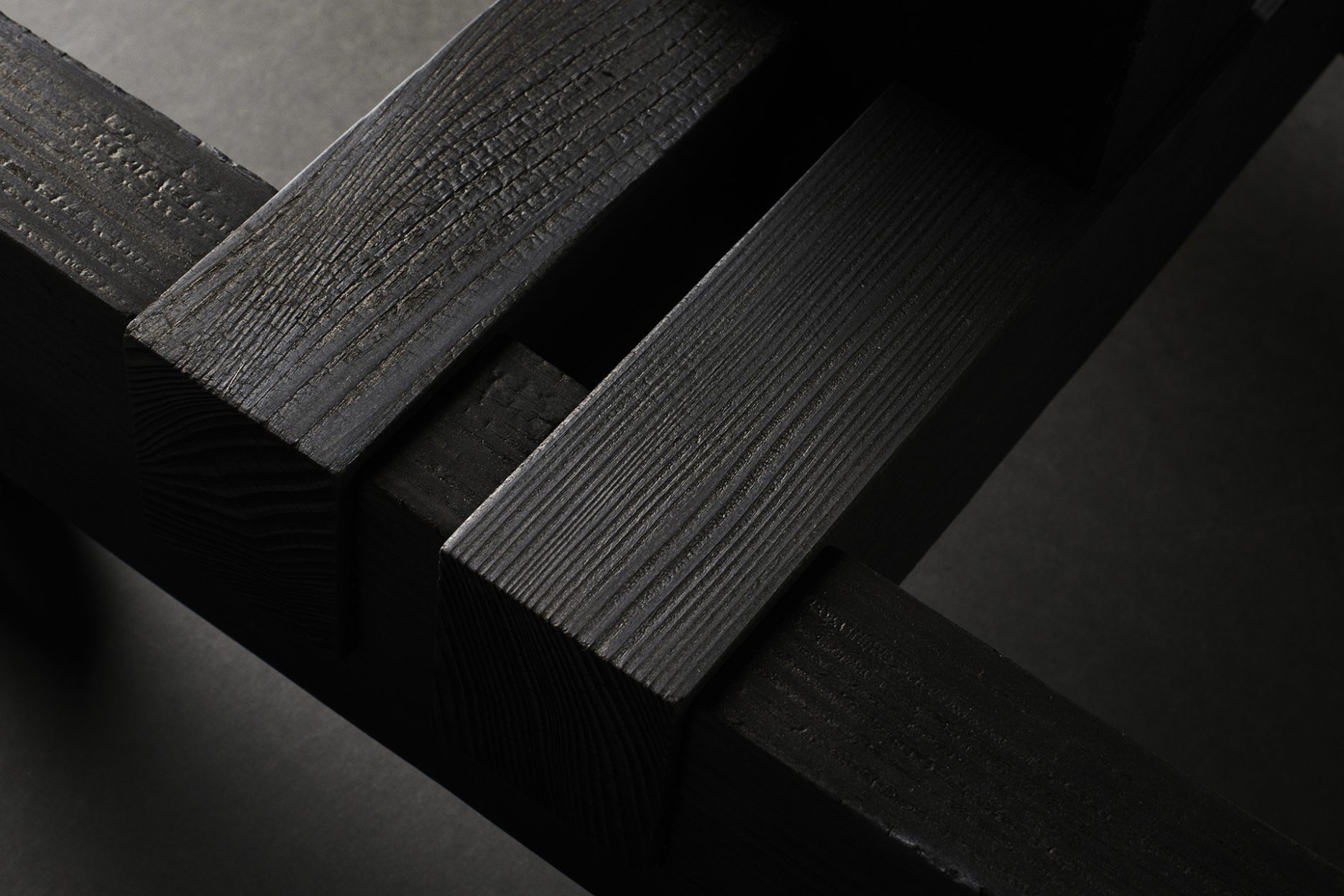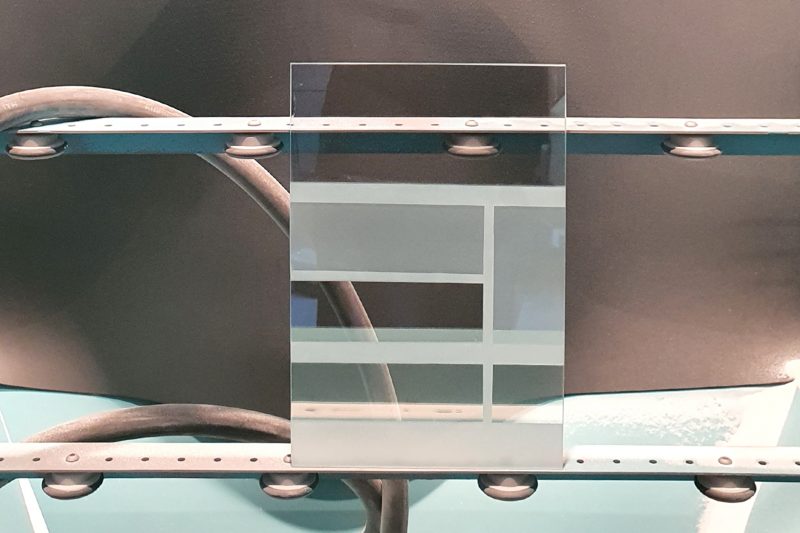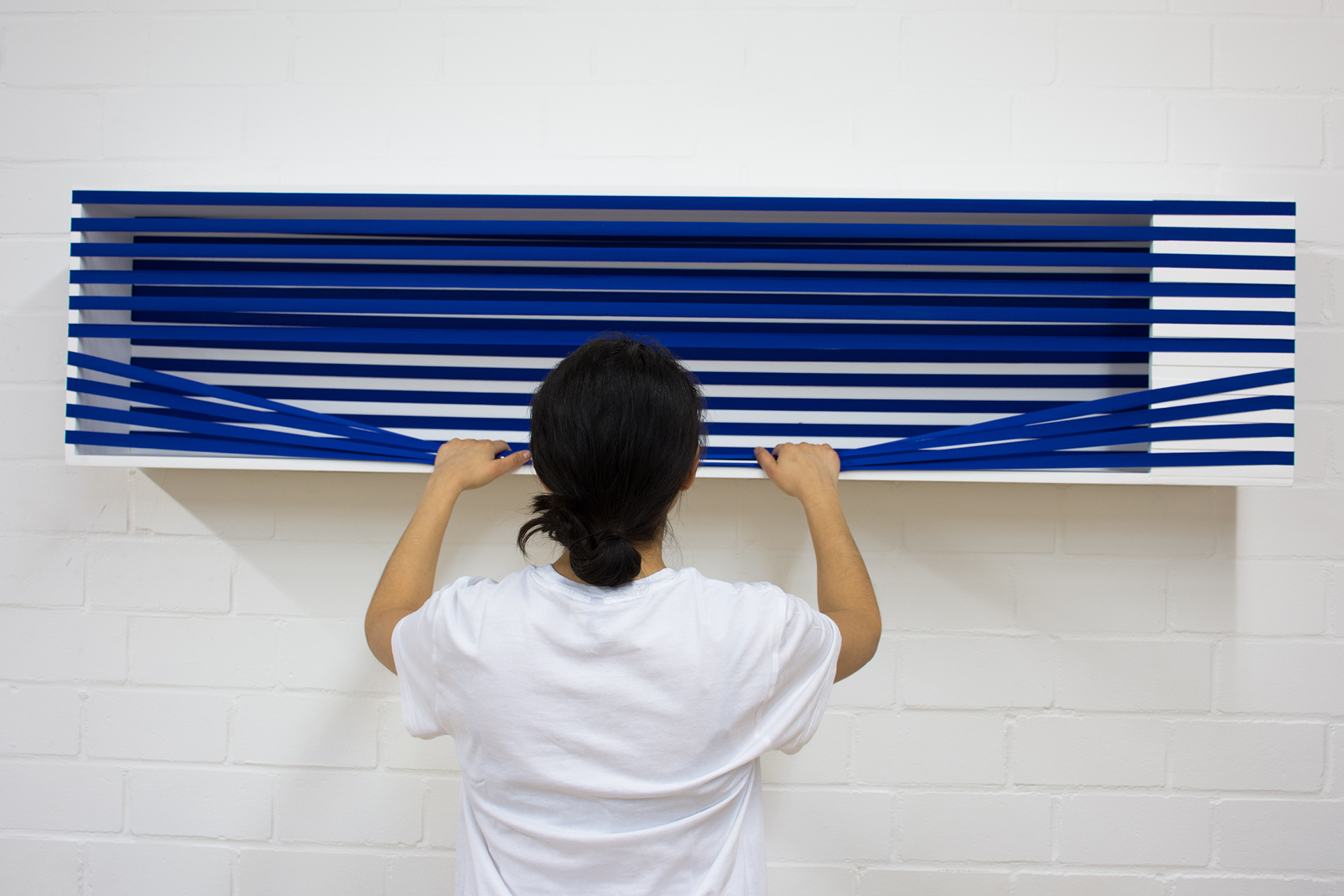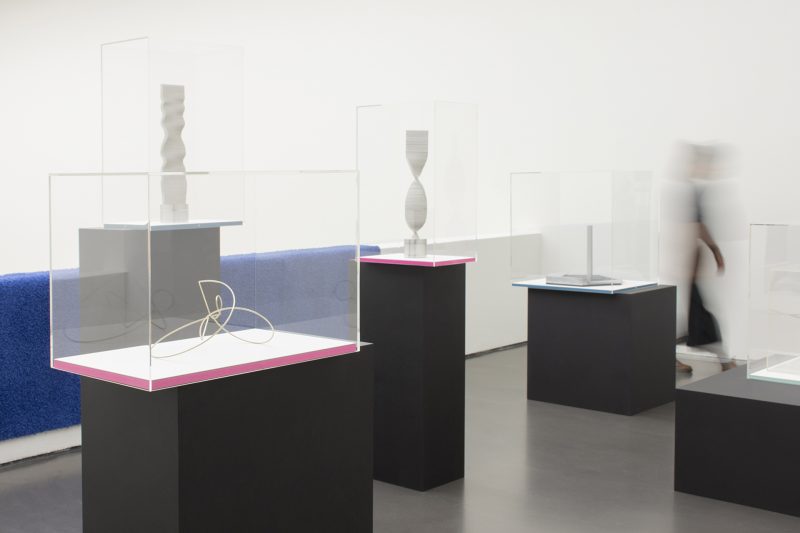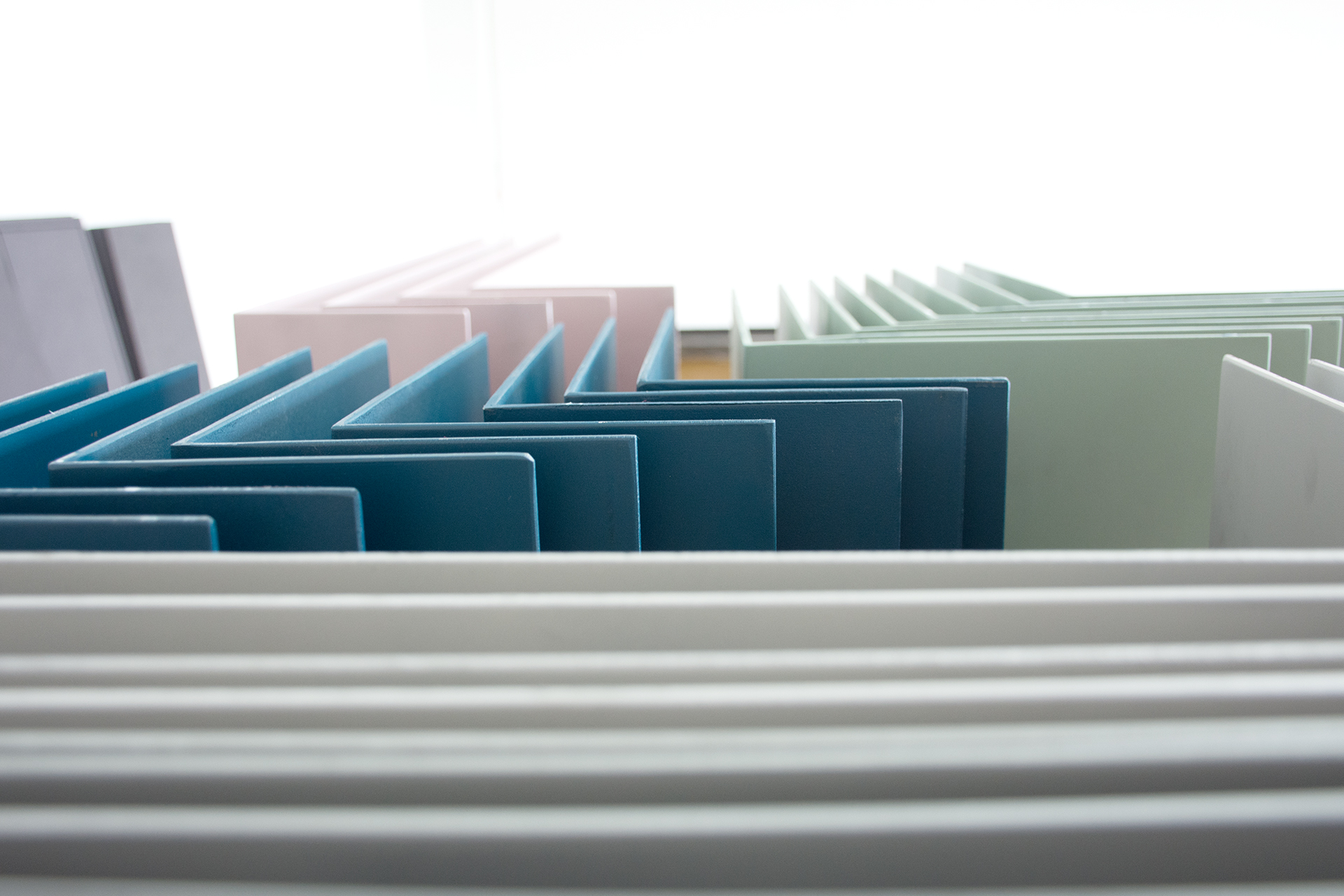Sleep enters our lives as a natural anaesthesia and leads to a daily recurring loss of perception. Our everyday life takes place between day and night, light and shadow, enlightenment as well as darkness.
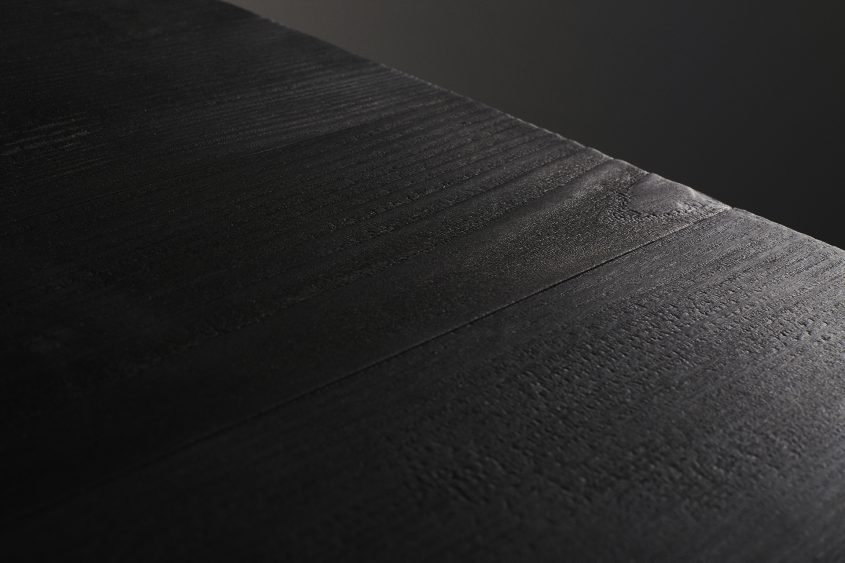
Aesthetics of anaesthesia, the exciting double of the perception of objects in spaces of non-perception, is transferred into three products. The designed collection consists of operation lighting, mural mirrors and the night table shown in this article. Each of the developed products refers to specific phenomena of anaesthesia.
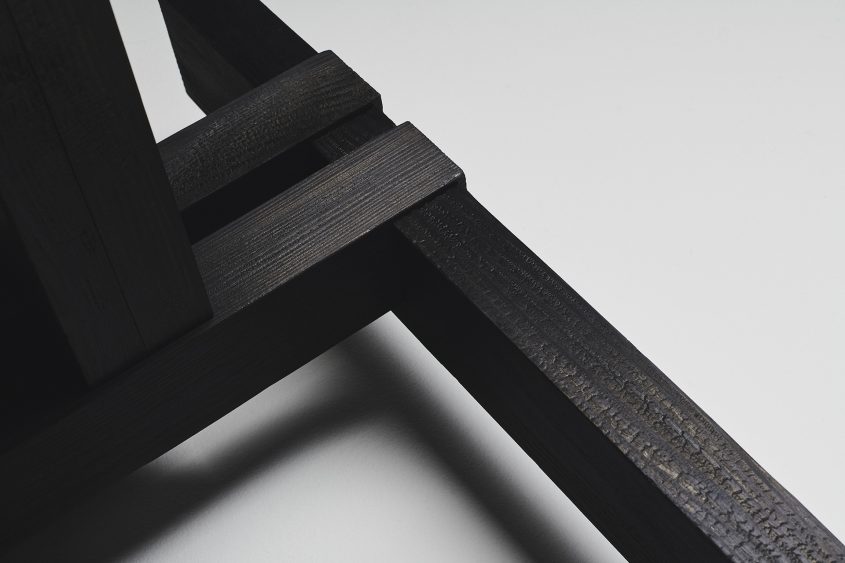
While sensation is an essential dimension of the aesthetic world, anaesthesia deals with insensibility in the sense of a loss, suppression or impossibility of perception. Human fascination with artificial sleep was and still is shaping different cultural understandings and practices of anaesthesia resulting in the design of products in the medical context.
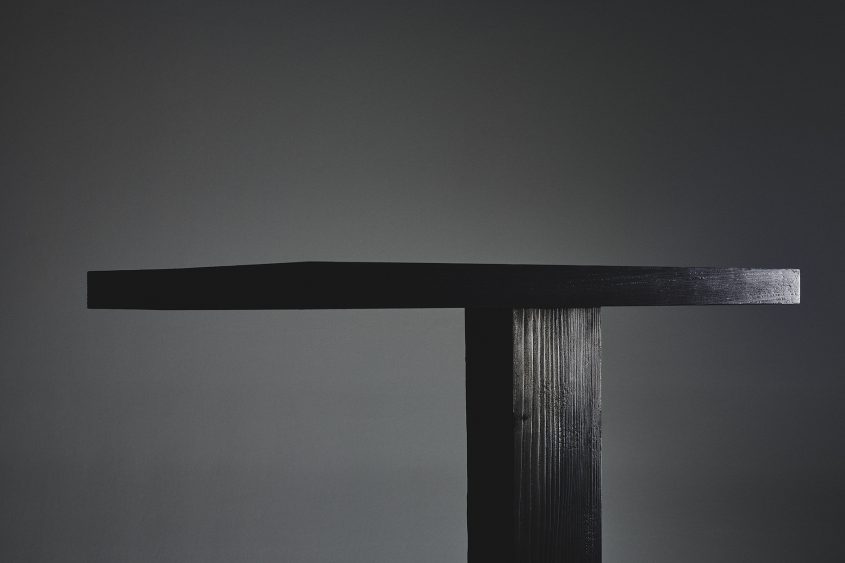
During the transition from tiredness to sleep, the body seems to become weightless and dissolve into nothingness. As an object, a bedside table has a particularly intimate role. It accompanies us on the way to sleep and awaits us until we awake. Since we see little or nothing in the dark, we have to trust other senses such as touch.
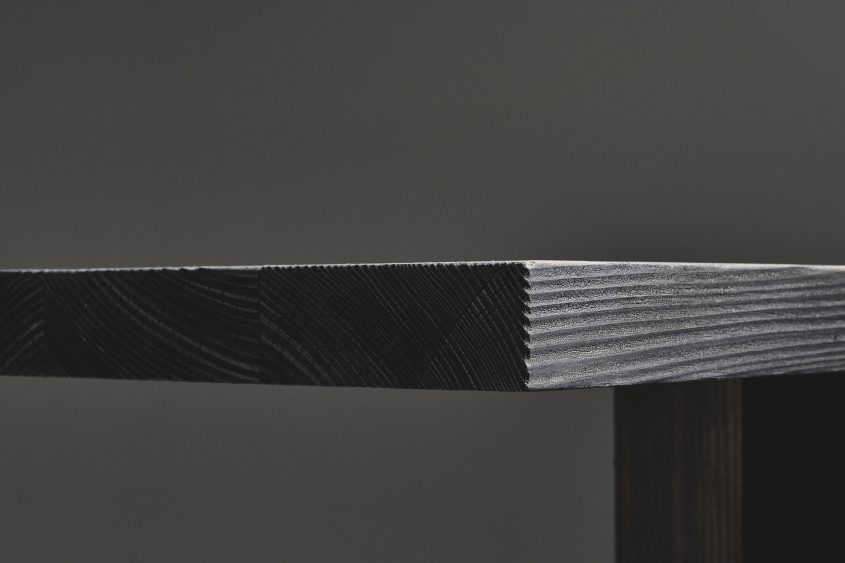
In addition to the dark colour, the surface structure is particularly relevant for the design. Although the dark wooden surface blurs with the night, we can feel it from our tactile memory even without light.
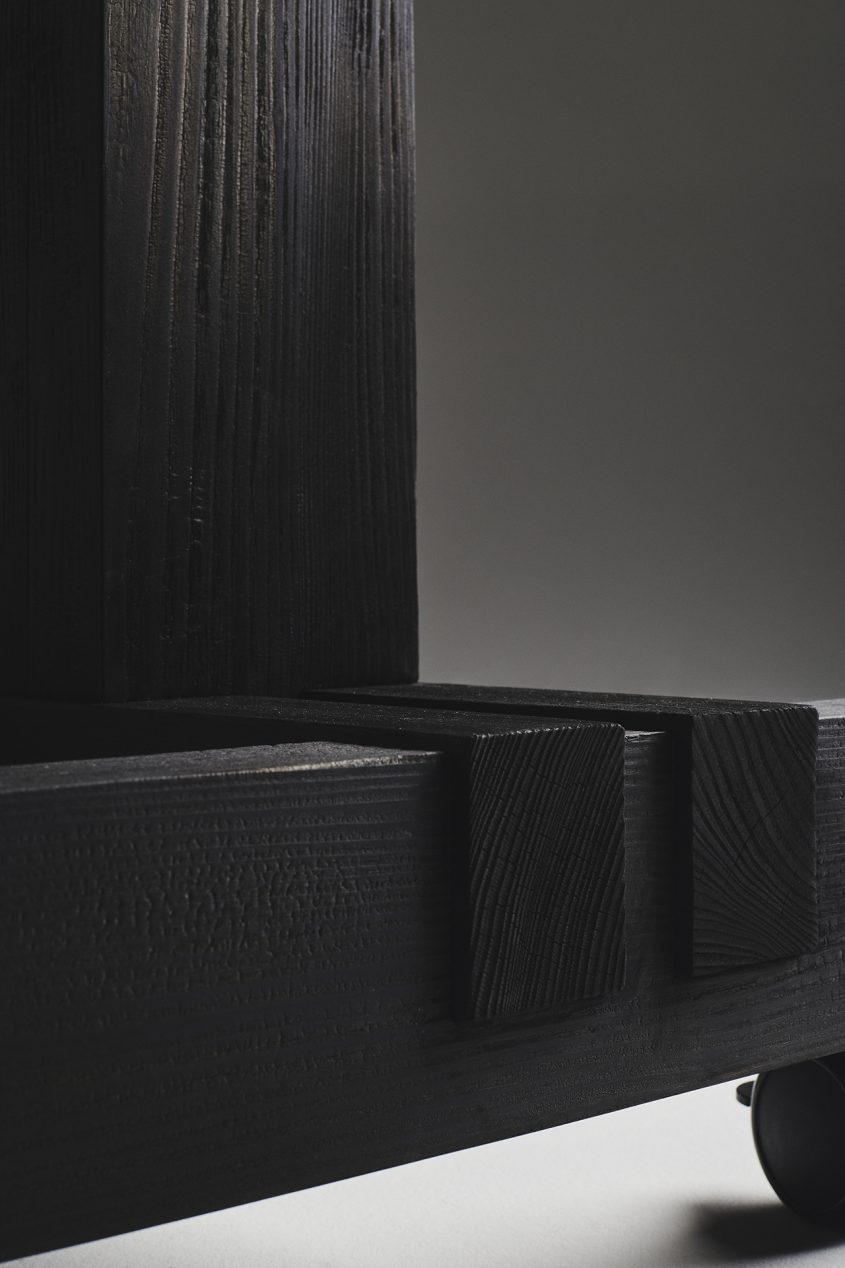
Beside the visual appearance of the black fired timber the main aspect of this heritage wooden heat treatment is the resulting antimicrobial surface. Through firing the raw wooden structure of the silver fir is carbonised and hence sterilised.
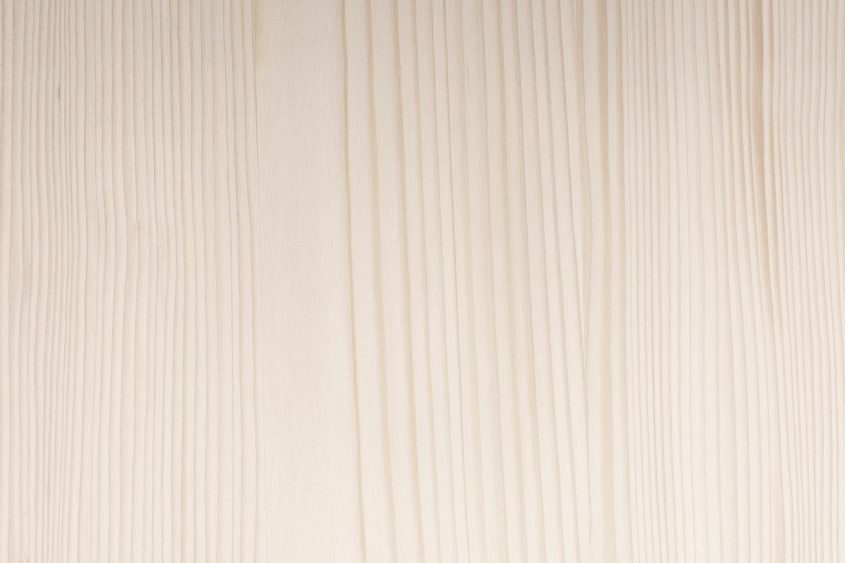
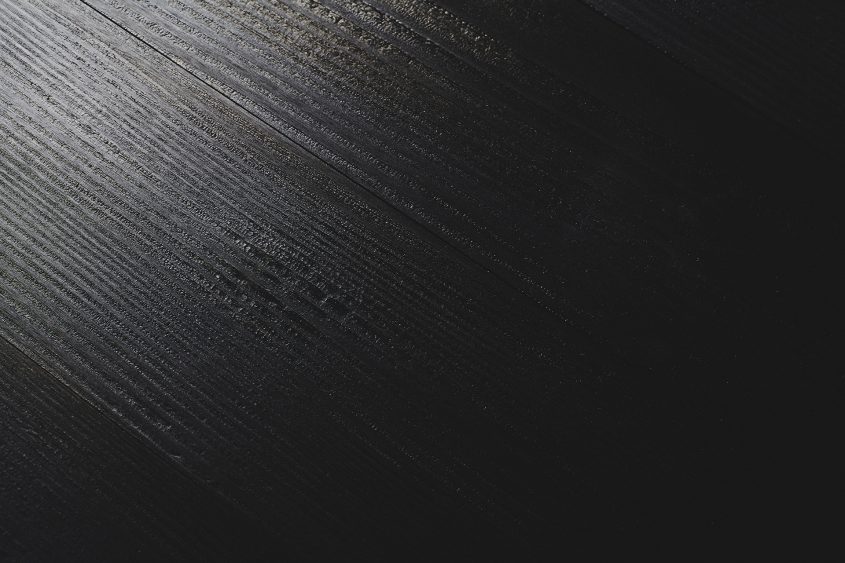
The material narrative of the carbonised night table is related to developments of the wooden interior of historical operating theatres. The contemporary medical context draws on an extensive material heritage formed by the paradigmatic attitude towards the human body, the sensation of pain and the hospital as scenographical stage.
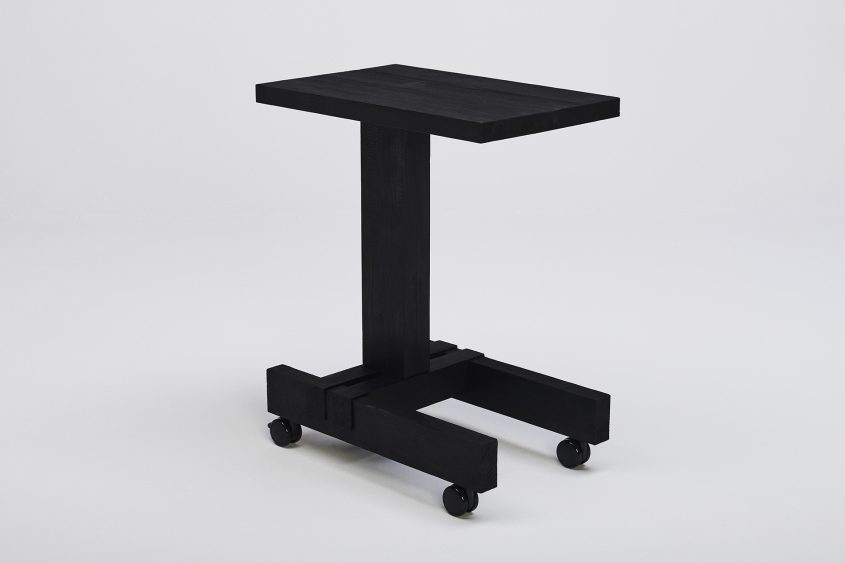
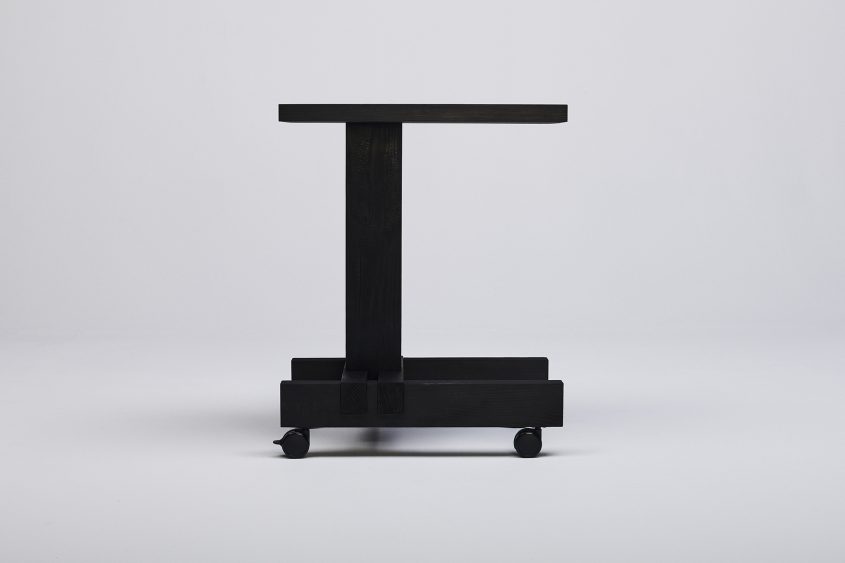
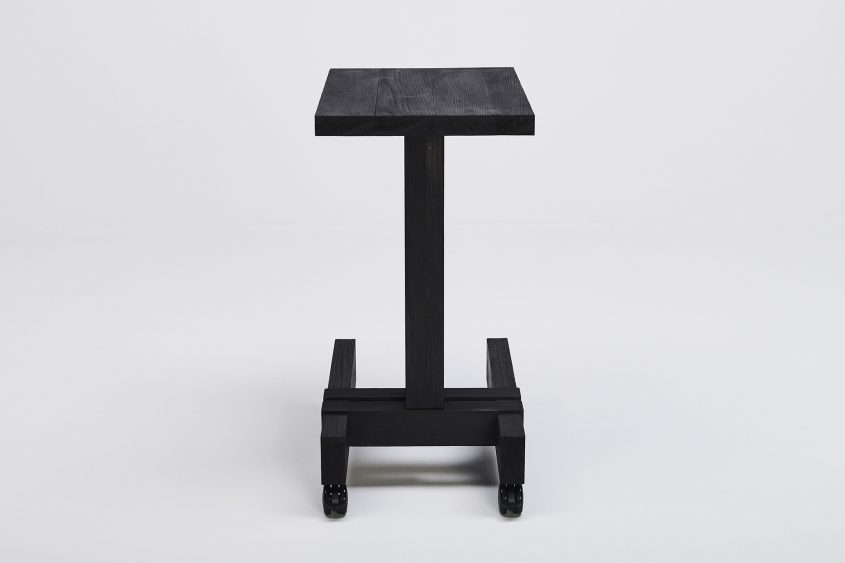
The designed night table illustrates an alternative approach to sterile surfaces, incorporating historical knowledge of surface treatment and cultural material practices.

By referencing the design language of current medical furniture and by implementing industrial medical plastic castors, the bedside cabinet becomes a contemporary object of anaesthetics.
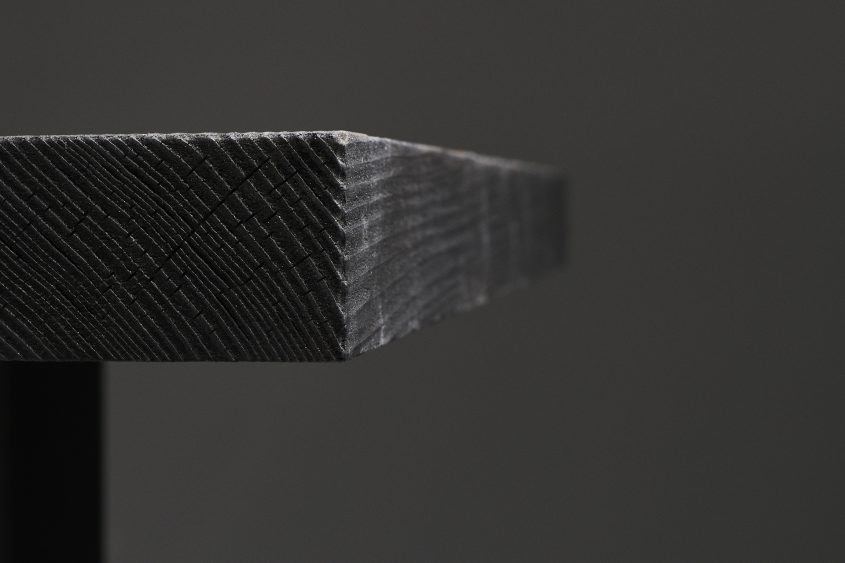
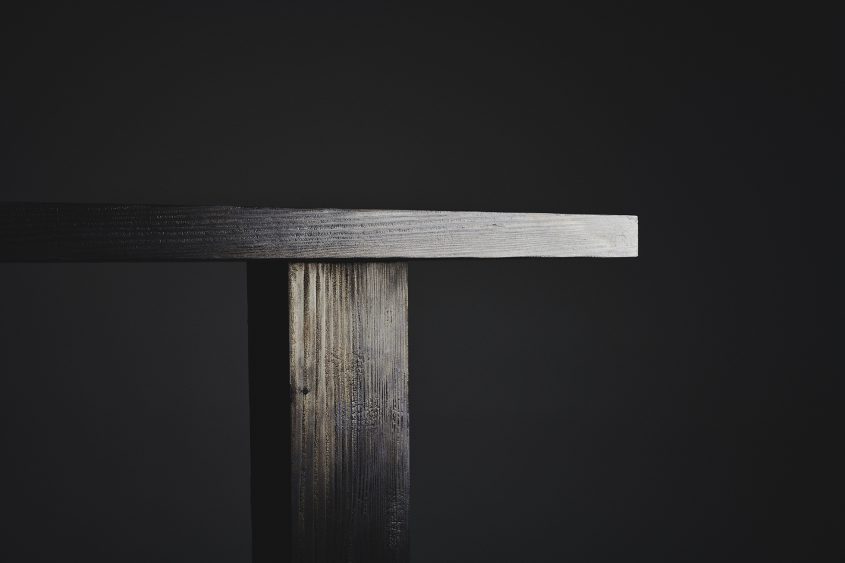
Anaesthesia Concept
Kathrin Alischer
Furniture Design
Kathrin Alischer
Material
Carbonised Silver Fir
Photography
Elia Schmid
